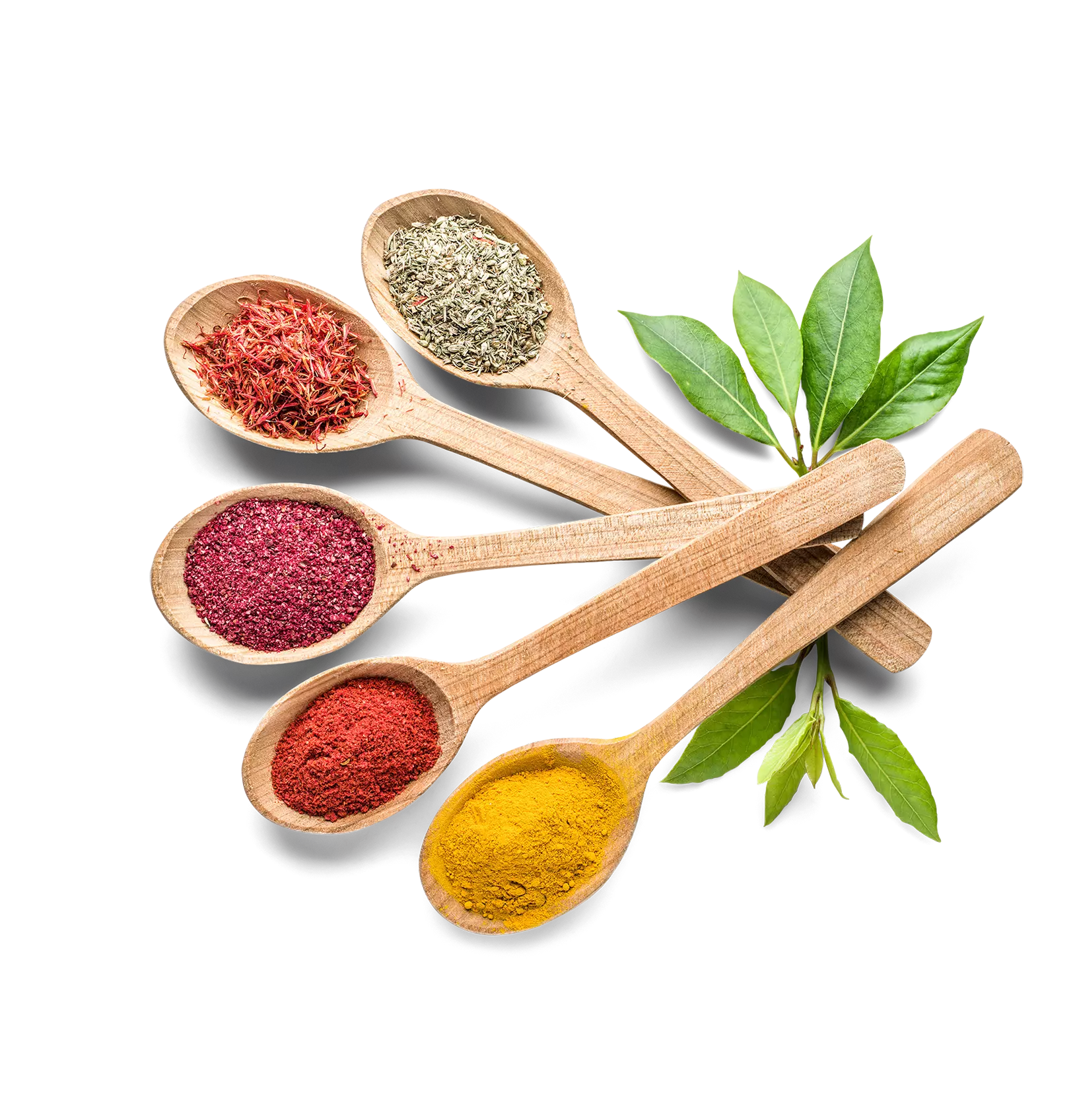Functionele voeding: Voedzaam, lekker en in populariteit gestegen
Functionele voeding: Voedzaam, lekker en in populariteit gestegen
Functionele voeding: Voedzaam, lekker en in populariteit gestegen

The term “functional” has quickly been accepted as part of our vocabulary for describing certain kinds of food and beverage products. To some, it’s merely a buzzword tossed around by marketing departments, but to others, it signifies that the item in question is distinct, premium and—above all—beneficial for one’s health.
Whether you fall in one camp, the other or somewhere in-between, we all must recognize the growing popularity of these offerings. The statistics clearly demonstrate this trend—a 2020 Hartman Group study found that 29% of consumers were actively consuming more functional foods and beverages, and separate research by Mintel indicated that 70% of consumers are currently using products that feature a functional benefit.
It’s clear from all the discourse on the subject that this emergent product category warrants further discussion and exploration. But how do we actually define the designation? What’s behind the meteoric rise of the functional foods? And how are today’s food and beverage production businesses finding success in the segment?
In this post, we’ll answer all of those questions and more—plus give a brief explanation of how purpose-built technology can help your company get in on the action.
The Definition of Functional Food and What’s Driving Demand
Let’s start with the basics—what are functional foods? Some experts would say that such items are any that have a potentially positive effect on health beyond providing nutrition, as laid out by the Japanese government in the 1980s. Others consider only those products that include supplements or special ingredients that enhance their beneficial effects to be functional foods.
Further complicating the matter, the terms “nutraceutical,” “designer food,” “vitafood” and “pharmafood” are sometimes used interchangeably with “functional food.” Even the U.S. Food and Drug Administration has shied away from clearly delineating foods that are functional from those that aren’t—but that certainly hasn’t stemmed shoppers’ appetites for them.
All that said, for the purposes of this piece you should consider any item that purports to be functional (or “fortified” with vitamins and minerals) as part of the category. That at least makes it easier to talk about these products and identify them in grocery stores and dishes served at restaurants.
As for the factors that have contributed to the growing prominence of the segment, the COVID-19 pandemic brought with it an increased focus on public health, and with that has come increased desire for better immune support, sleep and daily nutritional needs. The increasing buying power of more health-conscious millennial and Generation Z shoppers has also had a bolstering effect.
of consumers are currently using products that feature a functional benefit
Wilt u weten wat we voor uw voedingsbedrijf kunnen betekenen?
Wij helpen u graag. Neem contact met ons op en ontdek welke smaken we te bieden hebben.



 Jack Payne | Vice President, Product Management & Solutions Consulting
Jack Payne | Vice President, Product Management & Solutions Consulting